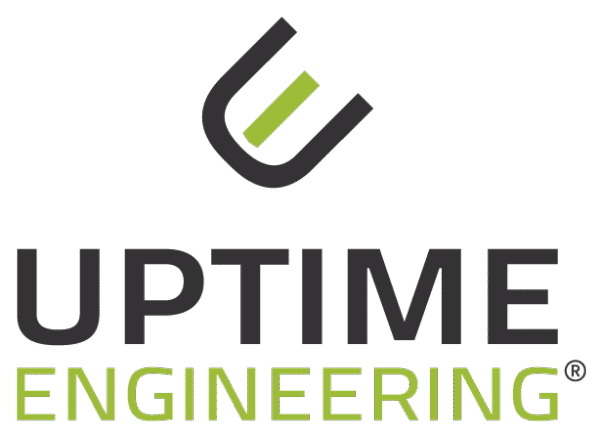
The cumbersome implementation for CBM can be significantly shortened if the knowledge from product development is transferred and made usable. Uptime SOLUTIONS™ provides the tools for a quick and effective entry into preventive maintenance

Fig. 1: Process for implementing preventive maintenance, Shuai Zaho et al., IEEE Trans. 36, 4, 2021
This process addresses the following issues:
In practice, most of the tasks concerning the first two issues are already done in product development. However, the knowledge acquired there is not systematically applied for preventive maintenance. This transfer can be done elegantly and in a very general way with the help of the Uptime SOLUTIONS software suite. Fig. 2 outlines which tasks the software modules PROVE, LOCATE and HARVEST perform to cover the entire process.

Fig. 2: Use of development results for preventive maintenance.
How might technology degrade and fail?
The default risks are manifold.
A solid basis for preventive maintenance is laid by investigating how technology can. However, such a risk analysis requires the integration of a whole bundle of information. It is therefore associated with considerable effort and requires input from various sources, which are usually no longer available when designing preventive maintenance processes.
On closer inspection, however, it turns out that the necessary knowledge is already acquired in the context of product development, in particular for product validation. The knowledge and models from development are therefore reused for CBM, namely for anomaly detection, diagnosis and prognosis. CBM/PDM methods are handled in this approach as an extension of product development .
Practice shows that a large part of the failure risks of components is generic in nature. Uptime Engineering has therefore built up a knowledge base on failure risks, including modelling of deviation and damage. For specific CBM applications, this knowledge base is uploaded to Uptime HARVEST using the system architecture (as a digital twin). The models are parameterized for adaptation to the properties of specific components. They are understandable, i.e. “white-box” models. This is important because CBM processes provide the basis for momentous decisions.
What should be monitored and analyzed?
The monitoring should benefit more than cost.
If systems are reliable, this should be endangered as little as possible by sensors. Only risk-relevant measurement channels should be installed in order to avoid that sensor defects dominate the failure statistics. The knowledge base provides the requirement for this. A good proportion of the relevant data is usually available in the controller, so that a good coverage of the failure risks can be achieved with a few additional sensors.
The indicators of default risks shall be monitored. For this purpose, the expected load-response behavior is determined first. It serves as a reference for anomaly detection. This task is also carried out as part of product verification, e.g. in the form of characteristic curves, cooling curves, energy balances, etc. Whether damage actually provides a measurable deviation from the expected behaviour can be investigated experimentally or via simulation in this phase by means of “fault seeding”. Thus, the promising indicators for anomaly detection can be identified quickly and cost-effectively during product development.
After observing an anomaly, it is necessary to clarify the root cause of this deviation, i.e. to carry out the diagnosis. Diagnosis is important for sustainable problem solving and can be automated as follows:
In the knowledge base, the indicators are assigned to the damage mechanisms. It is therefore possible to query which of these mechanisms may be the cause of the observed indicators. If there are several candidates, the knowledge base also provides the inspection tasks for the exclusion of the non-applicable possibilities. It makes this expert knowledge available to maintenance technicians as an easily understandable explanation – to support problem solving.
CBM Process Development with Uptime SOLUTIONS™
Uptime SOLUTIONS™ provides the framework and the tools for the tasks described above: the digital twin, the knowledge base and the model libraries. They are successfully used to realize the analysis and forecasting of fleets and plants.



You are currently viewing a placeholder content from Facebook. To access the actual content, click the button below. Please note that doing so will share data with third-party providers.
More Information